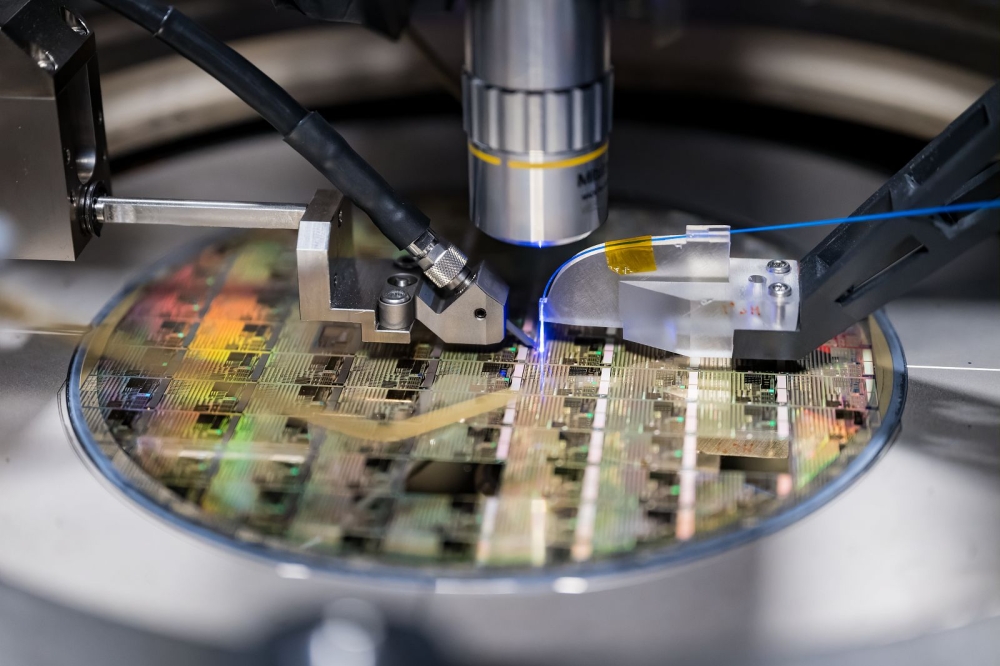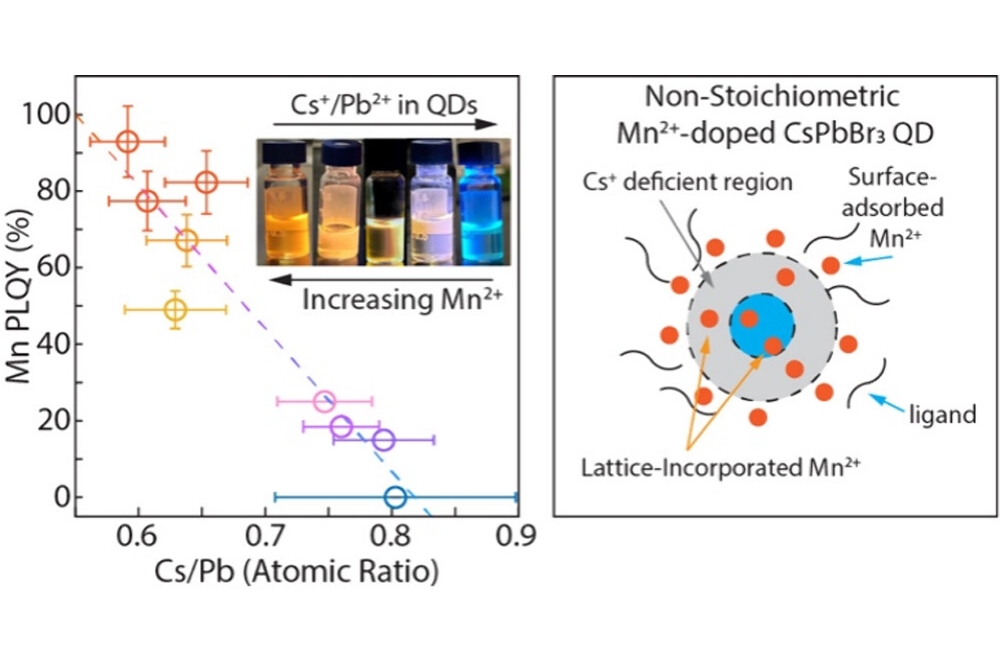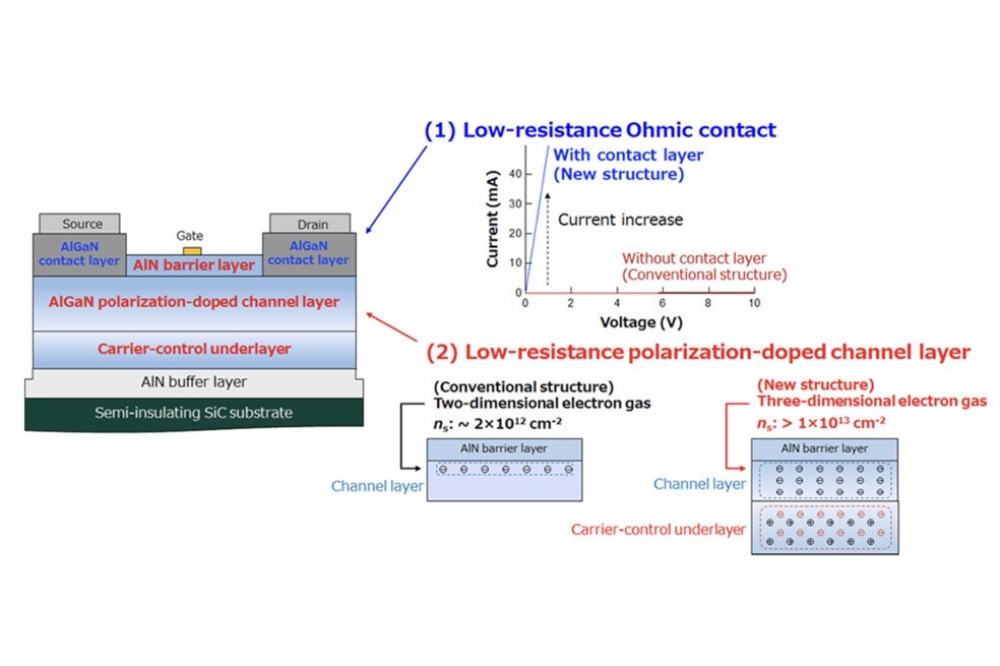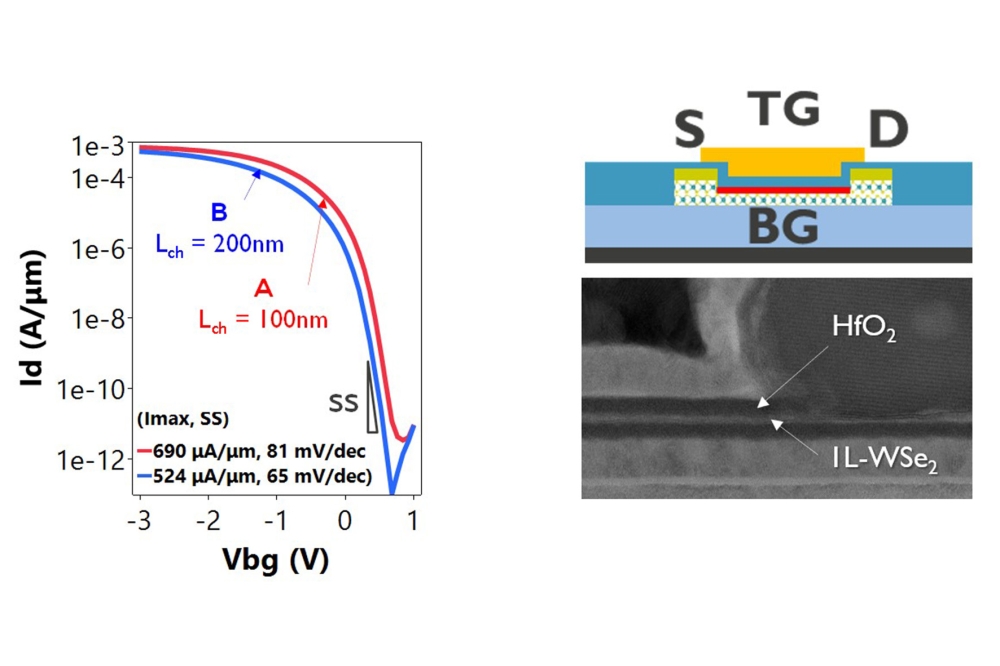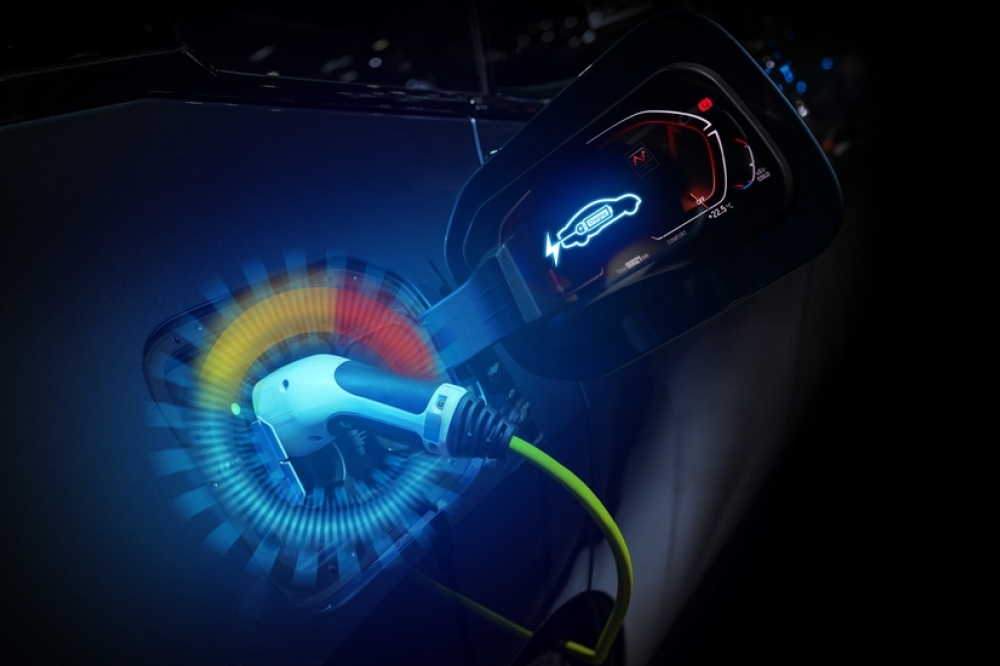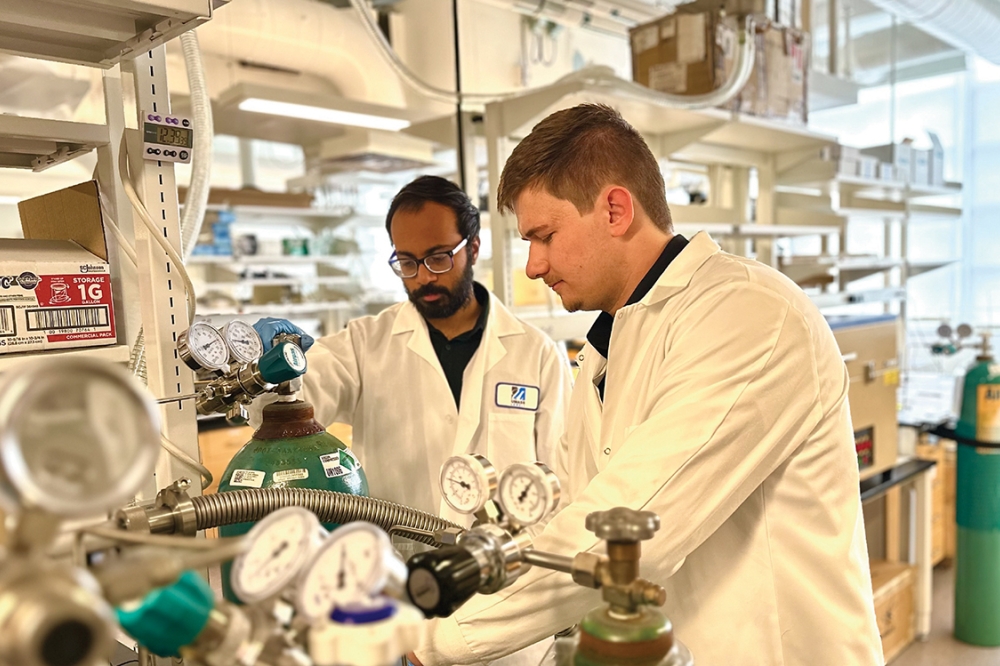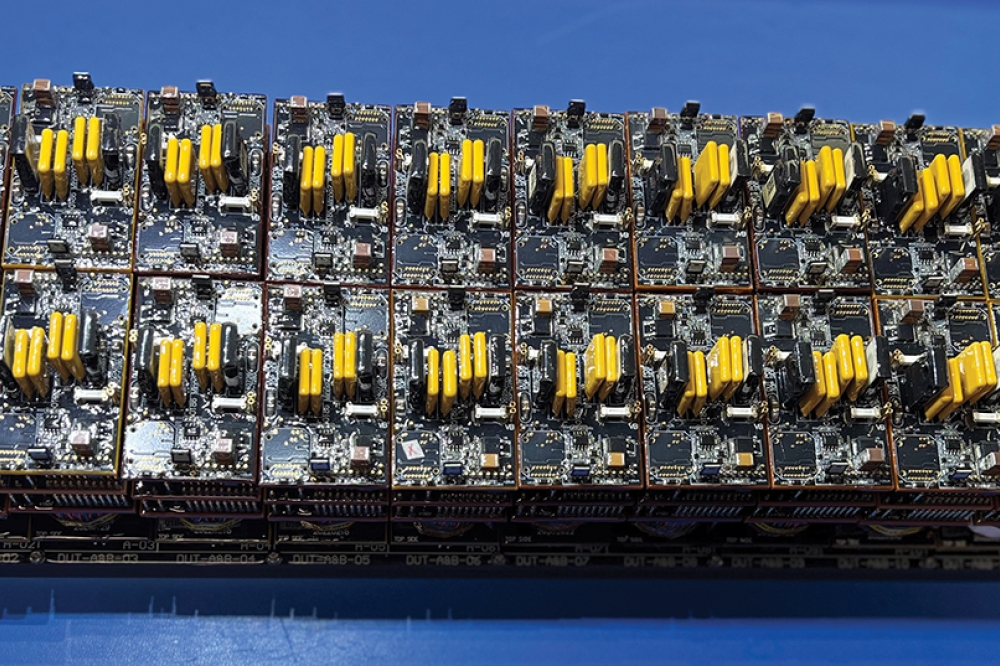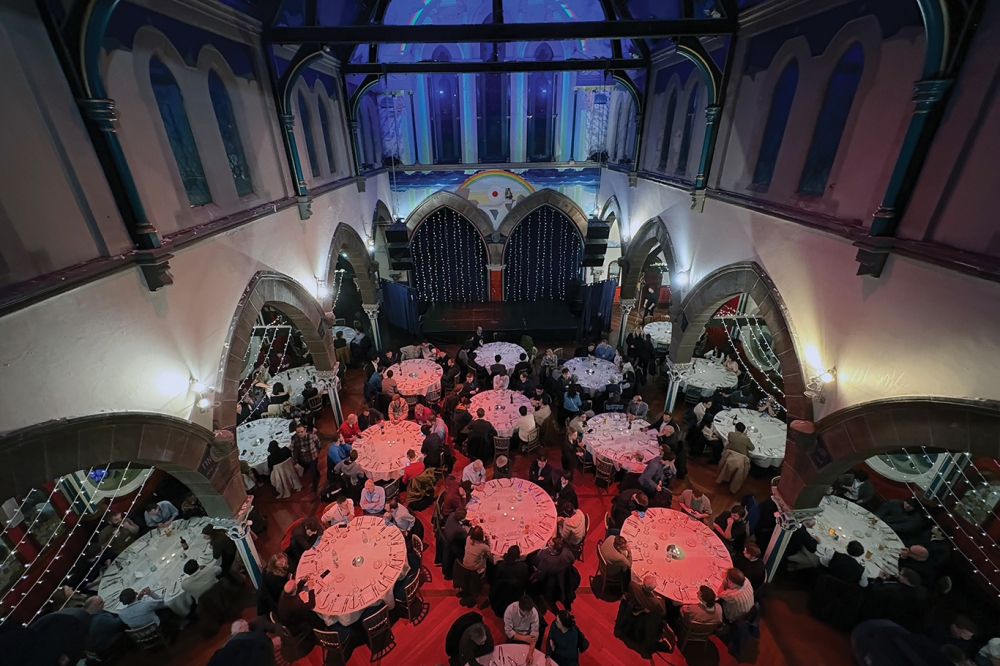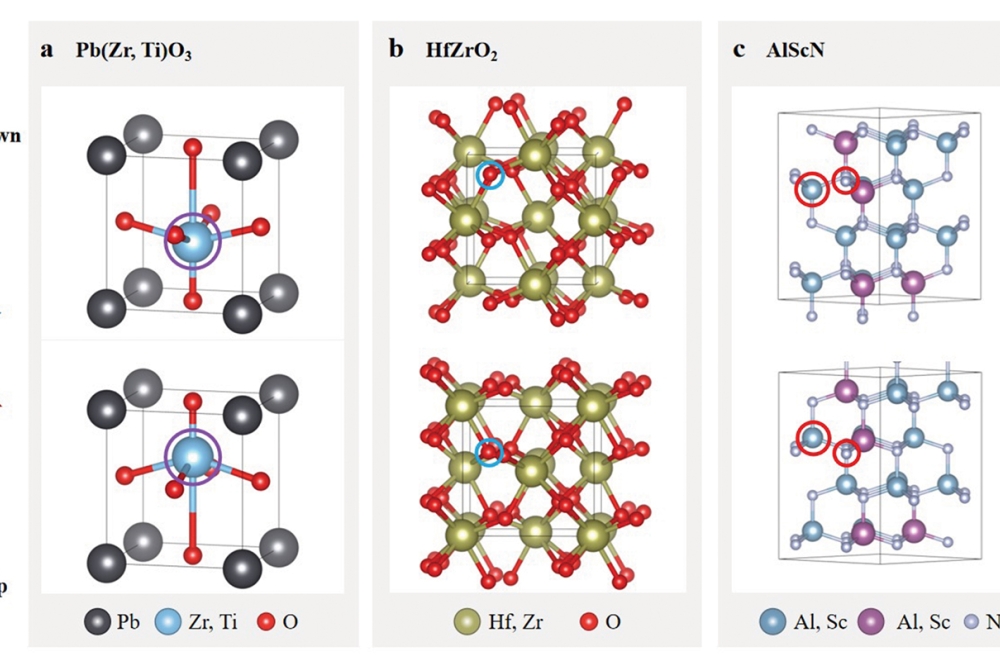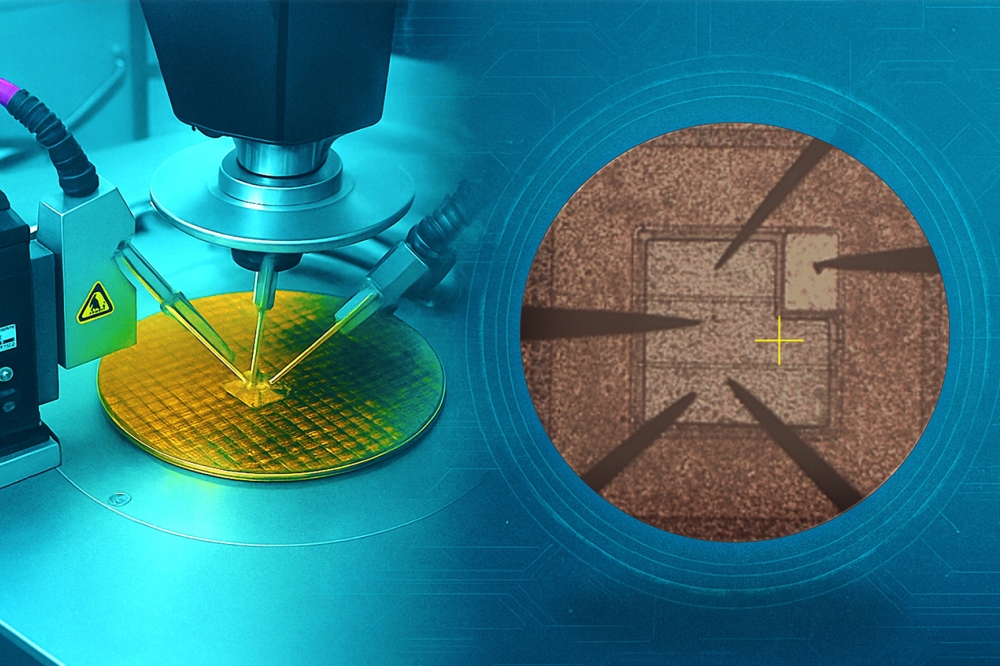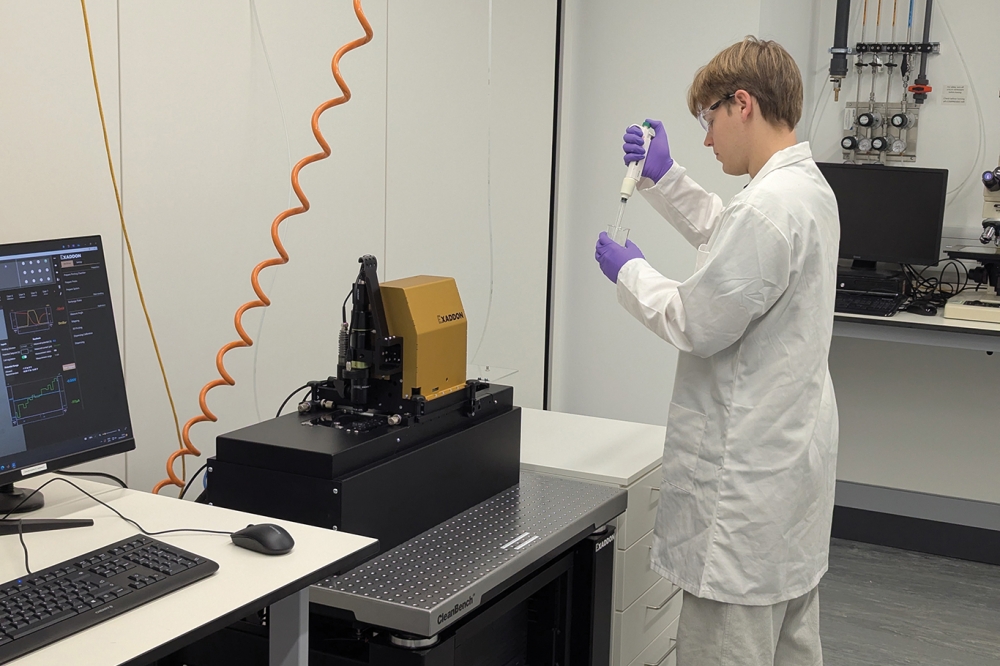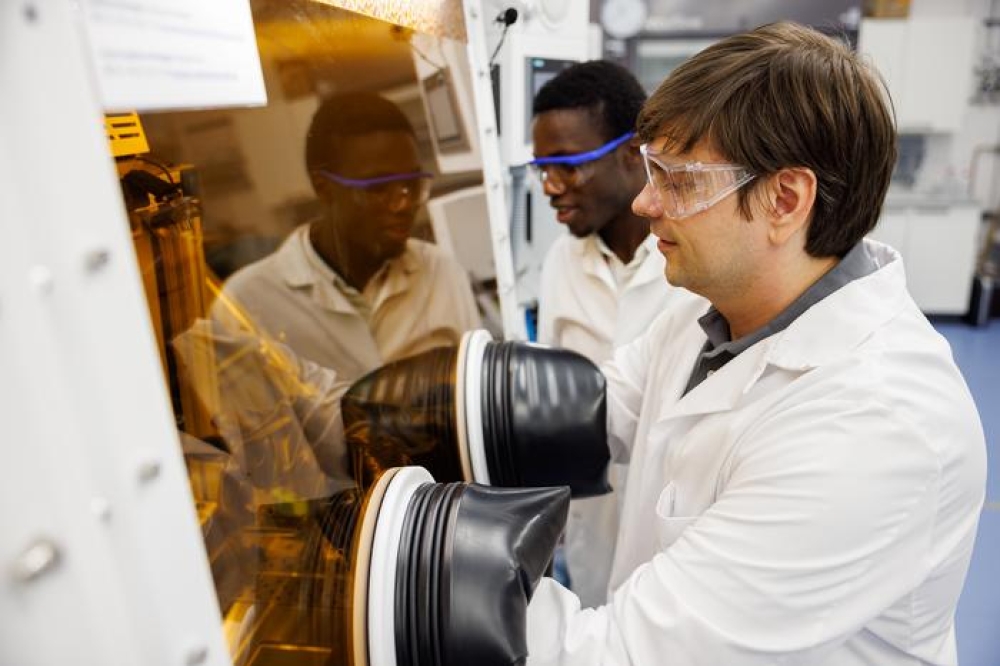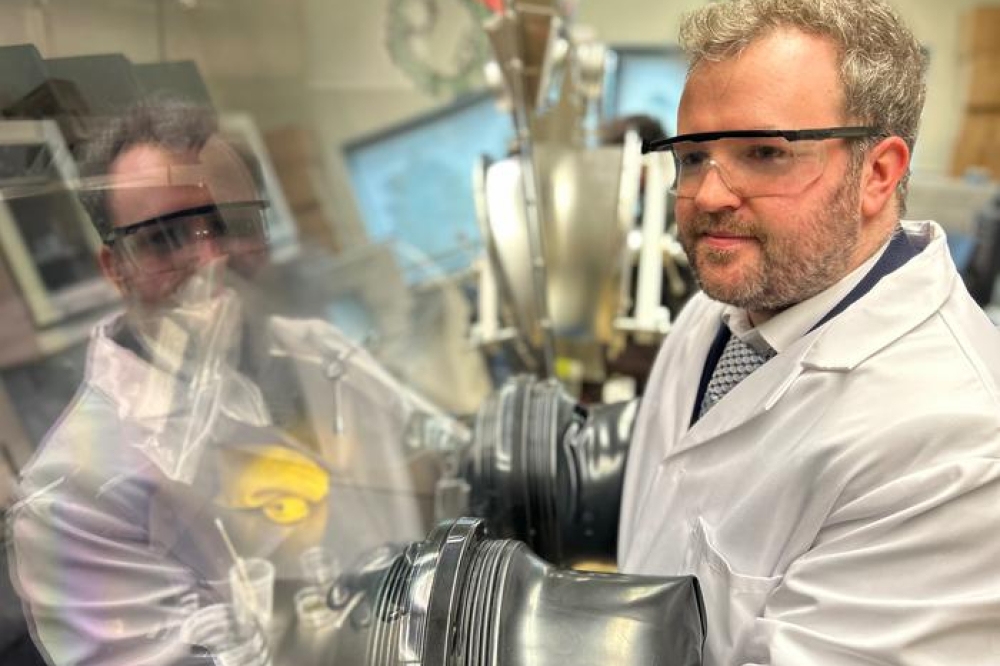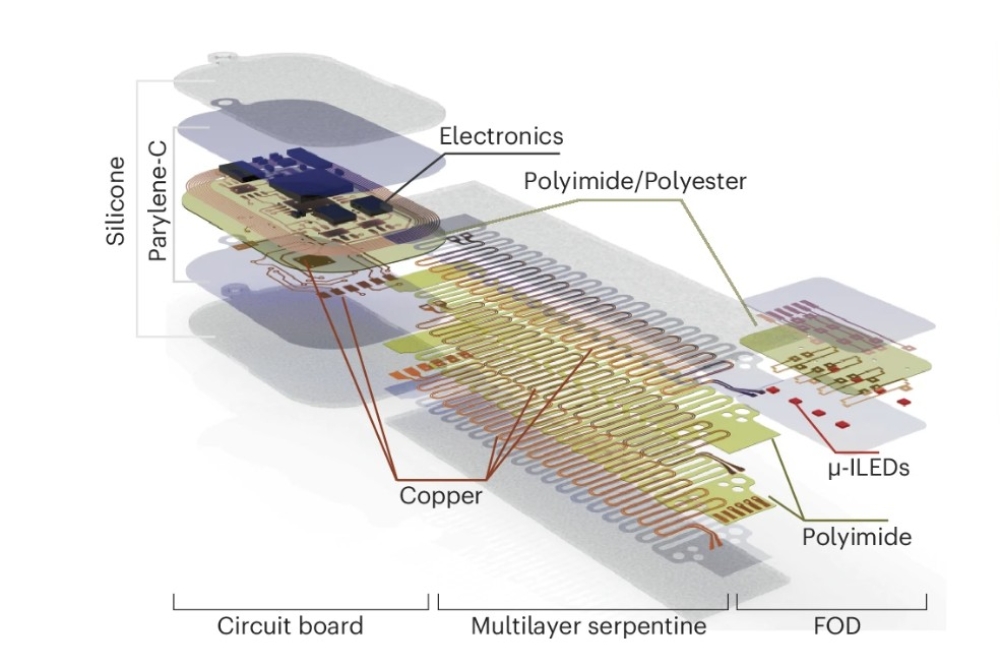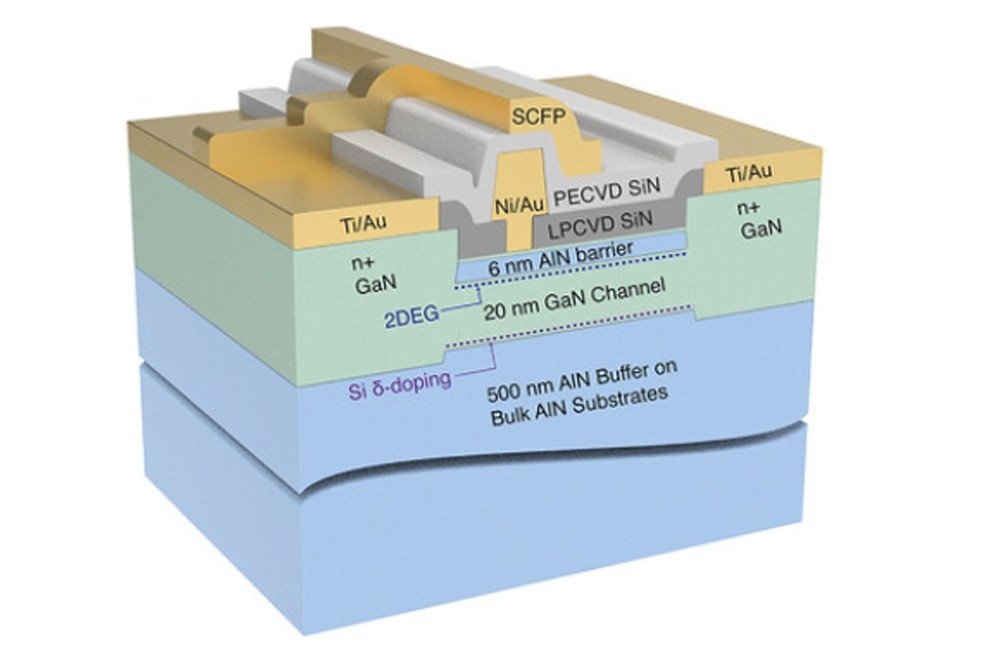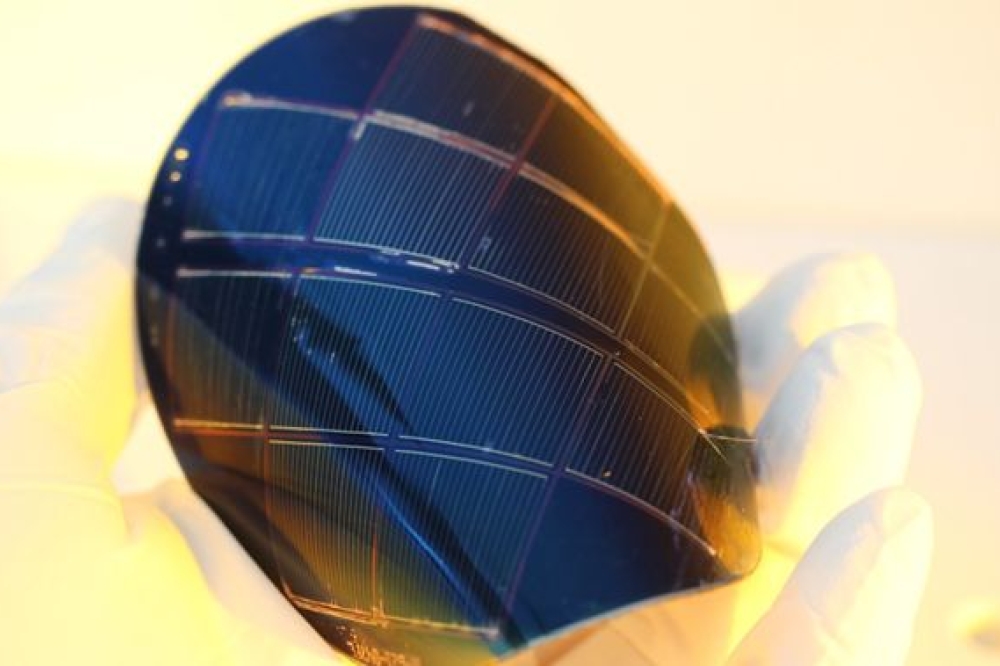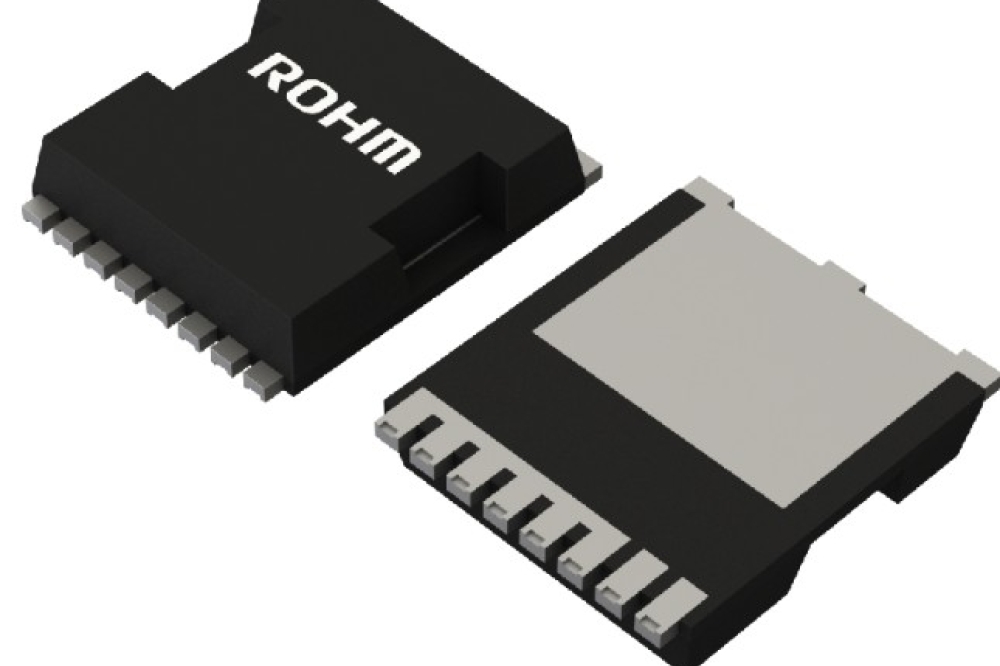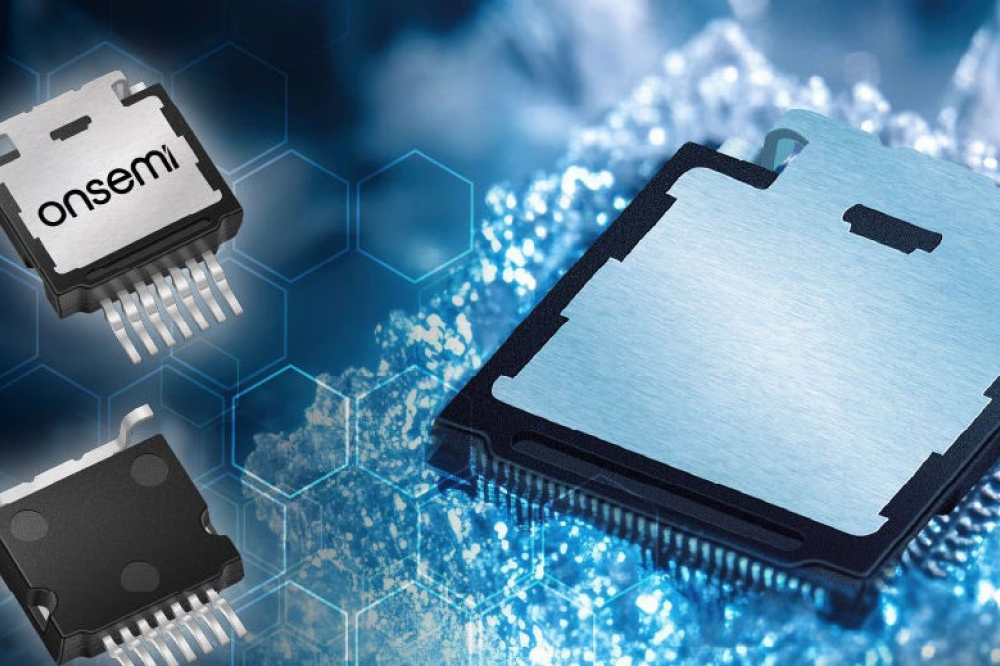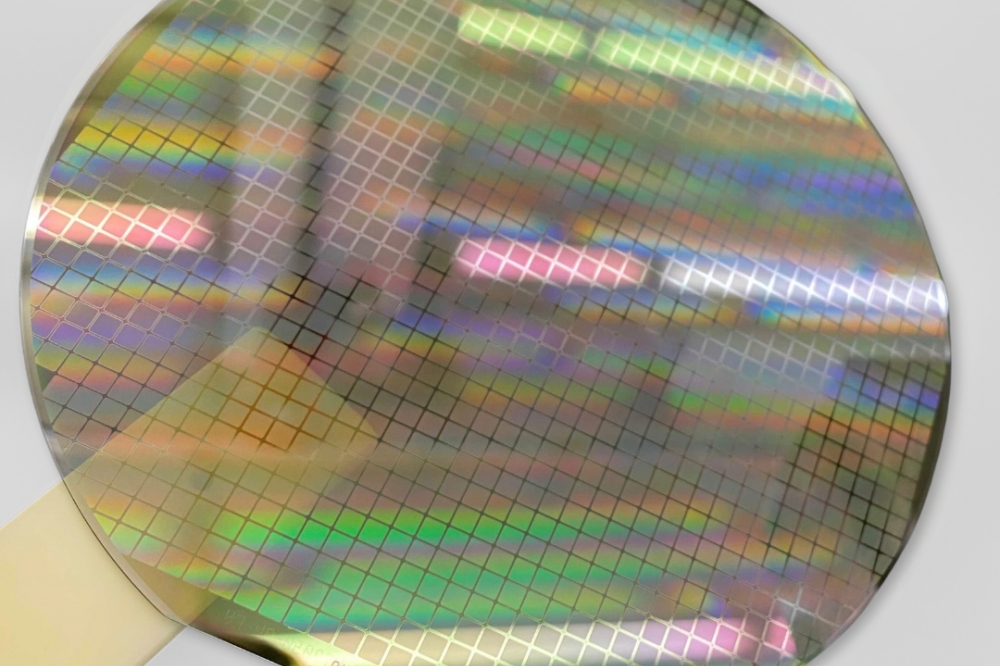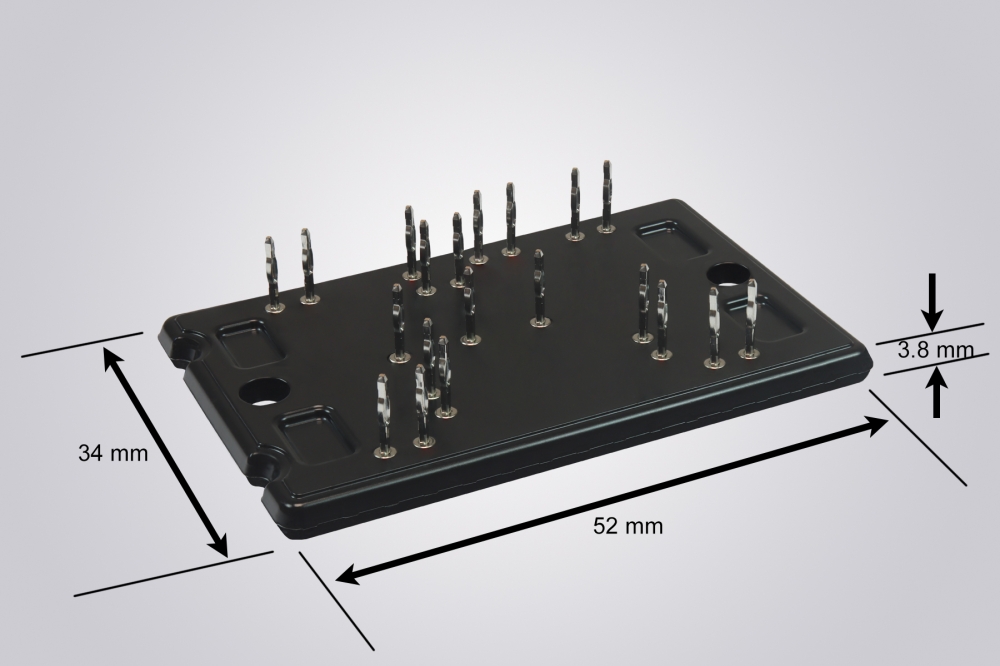Promoting the PCSEL

There’s no question that the PCSEL has a wonderful set of attributes. But can it find its killer application?
BY RICHARD STEVENSON, EDITOR, CS MAGAZINE
It’s often said that the speed of technological advance is gathering pace, and now occurs at breakneck speed. And for many consumers this is their experience. But we may question this view, drawing on our understanding of what it takes to make real progress with a ground-breaking idea.
Whether we work in the power electronics sector, or in optoelectronics, we appreciate that it takes countless hours to simply get a new device to work well. And before that novel chip even gets close to being a successful consumer product, there is an inordinate amount of work to do, which includes ramping this device in volume at an acceptable yield and securing lucrative customers contracts.
The many challenges faced when climbing this mountain to successful commercialisation explain why it often takes decades to go from promising results to high-volume production. It’s a pathway that all devices must follow, including that of the PCSEL – the photonic-cavity surface-emitting laser – that is now celebrating its 25th anniversary. This class of laser, which employs a photonic crystal to provide optical feedback, has a wonderful set of attributes, including: the emission of an incredibly narrow, single-mode beam, that ensures exceptional brightness; and the opportunity to span a vast range of wavelengths. However, the PCSEL is by no means a mature device, and there’s still a long way to go before it will ever be considered a commercial success.
Kyoto University’s Susumu Noda, pioneer of the PCSEL, is behind many of its advances.
To discuss the PCSEL’s progress to date and map out its possible future, those that are developing this technology, along with those that are simply curious about its prospects, gathered on 7-8 November at Aston University.
Based on the number of delegates attending this inaugural face-to-face meeting, interest in the PCSEL is rocketing. The organising committee, led by Richard Hogg from Aston University and Adam McKenzie from the University of Glasgow, hoped to attract 40 or so to this two-day workshop, based partly on attendance at a couple of recent on-line meetings. So, they were delighted and enthused with an attendance of around 120, which drew on those working in academia and industry. While those from academia dominated the agenda, presentations were given by Vector Photonics and Huawei, and those attending included representatives from nLight, Trumpf, Lumentum, Mitsubishi Electric and ASML – the latter is keen to uncover a more efficient source in the extreme UV for production of state-of-the-art silicon ICs.
PCSEL progress
There’s no doubt that securing a presentation from the pioneer of the PCSEL, Susumu Noda from Kyoto University, helped to drive up attendance at the International Workshop on PCSELs 2024. During his keynote address, he spoke about improvements in the performance of this device and its many potential applications.
Many will view lidar as just a technology for self-driving cars. Noda, though, has identified many more opportunities, all where the PCSEL can provide the light source. He believes that lidar has a role to play in the smart mobility of robots, farm machines and construction machines, and this laser-based technology can also be used for weather sensing.
The Kyoto academic argued that in addition, PCSELs can be deployed for laser-based processing. Such applications include smart manufacturing of electronics, solar cells and automobiles. And there are also opportunities for this form of surface-emitter in the entertainment industry, in laser-based displays, and in medical applications, where this source can perform the function of a scalpel.
Looking in more detail at these applications, Noda added that the weaknesses of conventional lasers include a low beam quality, a large divergence angle, and low functionality, which includes a lack of beam scanning. Such issues may be addressed with additional optics, but the upshot is a bottleneck to applying semiconductor lasers.
Another downside of the current lasers used in some industries is their size. CO2 lasers can be 1.5 m in length, and fibre lasers have dimensions of 50 cm. While the PCSEL may be larger than some compound semiconductor chips, it’s still orders of magnitude smaller than those lasers.
Milestones by Susumu Noda’s group from Kyoto University.
Since proposing the PCSEL in 1999, Noda and his team have taken significant strides in improving its performance. Major milestones include: the commercial availability of a 0.2 W class PCSEL in 2013; embedding air holes in 2014; and the realisation of 10 W class devices in 2019, aided by the introduction of a double lattice. More recent highlights include a PCSEL with an active area of 500 µm that delivers a low-divergence 20 W beam at room temperature, the realisation of single-mode emission from -40 °C to 100 °C, and a maximum brightness of at least 1.5 GW cm-2 sr-1.
With PCSELs, power scaling stems from increasing the size of the emitting circular region. Diameters of 10 mm or more could lead to powers of 1 kW or more.
Noda and his colleagues have produced a single-mode PCSEL with a 3 mm active area that has a threshold current as high as 25 A, a divergence of 0.5 °, and a brightness of 1 GW cm-2 sr-1. To demonstrate the capability of this laser, driven at typically 100 A, Noda shared a video that shows how this source easily cuts through stainless steel.
If an even more powerful source is required, one option is to unite the output of several PCSELs by forming an array of them. Noda and his colleagues have considered this, as well as increasing the active region, with impressive results realised with the latter approach – they are soon to be shared.
Most of the work from Kyoto University has involved GaAs-based PCSELs emitting in the infrared. However, the team have also worked with other material systems. In 2022, they reported Watt-class GaN PCSELs with a divergence angle of 0.2 °; and they have also explored the InP/InGaAsP material system that provides emission at the key telecom wavelengths of 1.3 µm and 1.55 µm, producing a source with an output power of more than 300 mW.
A few years ago, Noda and his colleagues established a Centre for Excellence for PCSELs at Kyoto University. This 100 m2 facility, featuring a fabrication line for the PCSEL, has space for companies to play their part and explore commercial opportunities for this device. More than 140 firms are involved in this work at this centre. Efforts to promote the PCSEL could also get another helping hand from a Kyoto University, with the launch of a spin-off PCSEL maker slated for late next year.
A key player behind the International Workshop on PCSELs 2024, the inaugural face-to-face meeting for the ever-growing PSCEL community, is Richard Hogg from Aston University.
The Scottish start-up
Another key player driving the commercialisation of the PCSEL is the University of Glasgow spin-off Vector Photonics. Speaking on its behalf at the two-day workshop, company CTO Richard Taylor emphasised that PCSELs are “material agnostic”. Thanks to this attribute they can span an incredibly wide wavelength range, realised with devices made from InP, GaAs and GaN material systems, and incorporating both interband and intraband transitions.
Taylor briefly described the process that Vector Photonics employs to produce its VCSELs, with steps that include electron-beam lithography and epitaxial layer overgrowth. While many PCSEL developers have air holes in their devices, Vector Photonics has the capability to fill holes created in a photonic crystal lattice with compound semiconductor material, such as p-doped GaAs, prior to planarization of the surface.
Like Noda, Taylor discussed a number of potential applications for the PCSEL. He shared data showing that InP-based devices emitting at around 1.3 mm can target specific emission wavelengths through adjustments in the spacing of the photonic crystal lattice. These devices are candidates for the source for dense wavelength-division multiplexing. According to Taylor, there are also opportunities for PCSELs in free-space communication, in material processing, in lidar, and in displays, where they enable low speckle.
Huawei’s first steps?
In terms of industrial development of the PCSEL, the UK is very active – as well as Vector Photonics, much work has been undertaken at Huawei’s Ipswich Research Centre (IRC). Two perspectives from this facility were provided at the workshop: details of progress in developing InP PCSELs were outlined by senior device engineer Karl Boylan; while Graham Berry, the CTO of the research centre, offered a view on the prospects of this device in a number of markets.
Huawei’s IRC, formed in 2012, is well suited to developing III-V optoelectronics. Within this facility, employing 180 staff, are MOCVD tools, plus those for processing wafers into chips and packaging them.
Engineers at the IRC have been investigating InP-based PCSELs, viewed as a disruptive technology, as alternatives to distributed feedback and edge-emitting lasers at 1.3 µm and 1.5 µm.
Boylan revealed that for this work, the team developed PCSELs based on the InGaAlAs material system. He argued that the merits of this particular alloy include a higher differential gain than InGaAsP, and thanks to a high conduction band offset, operation over a wide temperature range.
To support development efforts, the team from the IRC has been working with Ana Vukovic’s group at Nottingham University. Vukovic and co-workers have helped with design and simulation, investigating how the depth profile influences performance. Based on this work, ‘safe zones’ have been identified for single-mode performance that are less critical to small changes in PCSEL parameters.
Devices produced by the IRC include a PCSEL emitting at 1.3 µm that delivers a CW output power of 330 mW at 2 A, and has a power conversion efficiency of 15 percent. Under pulsed operation at 5 A, output power is almost 1 W. “All in all, quite good results for us,” remarked Boylan.
Additional measurements revealed a side-mode suppression ratio of more than 50 dB, and linearly polarised emission in the far field with a degree of polarisation of more than 95 percent. Boylan and his co-workers have also demonstrated scaling of output power with aperture size (see Figure 1).
Figure 1.Results by Huawei demonstrate power scaling of the PCSEL, realised by increasing the aperture of this class of laser.
Efforts have also been directed at developing 1.55 µm PCSELs. Those at the IRC have produced lasers with a double-lattice design that feature encapsulated air holes beneath the InGaAlAs active region. For these PCSELs, the side-mode suppression ratio is more than 40 dB. Measurements also determined pulsed output powers of 171 mW at 25 °C and 40 mW at 85 °C, and a power conversion efficiency of 7.8 percent.
A reality check
The downside of any group of enthusiastic device developers is that their optimism threatens to lead to an inflated view of prospects. Due to this, the delegates will have benefitted from hearing the level-headed view of Berry.
Let’s be clear Berry is a fan of the PCSEL, and would be delighted to see this class of laser displacing the incumbents. But to do so, the PCSEL will need to navigate what’s described as the ‘Darwinian Sea’ and emerge with a compelling set of credentials for deployment.
For the PCSEL, fabrication within different material systems leads to differing levels of maturity. So, there’s a need to consider the potential of this device on a case-by-case basis. Berry has identified opportunities for deployment in communications systems, automotive lidar, sensing, laser processing and displays. And he has gone on to consider, in detail, the potential for the InP PCSEL to enjoy commercial success as the pump laser for Raman amplifiers, the CW light source for silicon photonics, and the laser for gas detection.
To win deployment as the pump laser for Raman fibre amplifiers, the PSCEL will have to compete with the grating-stabilised Fabry-Pérot laser, which produces an output power of around 600 mW that is coupled into a fibre. Users of these amplifiers would prefer higher power sources, possibly producing two-to-three times as much power. It’s a goal that might be fulfilled with distributed feedback lasers, with engineers at Huawei’s Yuanfeng Mao Optical Research Department in Wuhan having produced devices with a 4 µm-long cavity that emit more than 850 mW per facet. In comparison, PCSELs produced at the IRC deliver up to just over 1 W when driven in pulsed mode, with a performance that could be improved by optimising the p-side reflector. Based on this analysis, to succeed in this application, Berry believes the target is a cooled 2 W InP PCSEL.
For silicon photonics, lasers are deployed in two different ways. One approach is to use an uncooled single-laser source and split the output into 4 or 8 lanes; and the alternative is a number of lower-power, cooled sources with close channel spacings.
Buried heterostructures lasers with distributed feedback are the incumbents for providing a single source. According to Berry, devices produced by Casala Technologies and operating at 75 °C can deliver up to 200 mW at 800 mA. He pointed out that PCSELs only deliver this power at up to 45 °C, and there is also a need to reduce their aperture size, a move that demands improved thermal management.
For applications such as AI, high-performance computing and high-density optics, leaps in performance, efficiency, cost and bandwidth will be enabled by an increase in the number of wavelengths deployed. Berry cited Sivers’ demonstration of wavelength-division multiplexing, using 32 distributed feedback lasers operating in a 16 nm window with a 0.5 nm spacing. If PCSELs could be flip-chipped onto a silicon platform, this could lead to a substantial reduction in the size of the laser array. Distributed feedback lasers produce 20 mW at 45 °C when driven at 100 mA, a level of performance that is certainly possible with a PCSEL, according to Berry.
Gas sensing, the third application Berry has considered in detail, can be served by InP-based VCSELs, such as those made by Vertilas. These are relatively difficult to produce, requiring dielectric mirrors and tunnel junctions. Distributed feedback lasers with short cavities are also competing for the gas sensing market, and if PCSELs are to succeed, they will need to address current-spreading issues.
A killer application?
Discussions on the commercial opportunities for the PCSEL also took place during an Industry Round Table session. No consensus on a killer application emerged, but a number of areas for improvement were identified. Both VCSELs and edge-emitters have significantly superior power-conversion efficiencies to the PCSEL, and improvements in this regard would make this device more compelling and aid its thermal management.
There are also concerns related to reliability and yield, topics that tend to attract more activity from industrial developers than those in academia. Some work by Vector Photonics has produced encouraging results. Noda also commented on reliability, saying it’s rare to see failures, probably due to the low photonic density in these devices.
Those in industry would be delighted for those in academia to direct their efforts at issues that will help drive the commercialisation of the PCSEL, such as studies related to thermal management and reliability. But based on many of the presentations at The International Workshop on PCSELs 2024, many university researchers are more likely to be interested in either: stretching the emission of this device deeper into the UV or further into the infra-red; considering how topological features can control certain aspects of the PCSEL; or investigating the nature of the polarisation that’s emitted.
In its first 25 years, the PCSEL has certainly come a long way. It’s now capable of delivering many watts using incredibly narrow beams, leading to tremendous figures for brightness. Such strengths are pulling researchers from academia and industry into an ever-growing community, which continues to progress the PCSEL. It now feels that this device nearing significant commercial success, but critical to this is if – and it’s a big if – there are targeted improvements, helping the makers of this device excel when they pursue the right applications.
MAIN IMAGE: Aston University, which is located in the heart of the UK’s second biggest city, Birmingham, hosted The International Workshop on PCSELs 2024.


